There was a time when we used to use the Media Player to organize our media, but these days most of us prefer using the Media Centers. In this article I will tell you how to convert your Windows 7 computer into a Media Center PC, using the in-built Windows Media Center application. 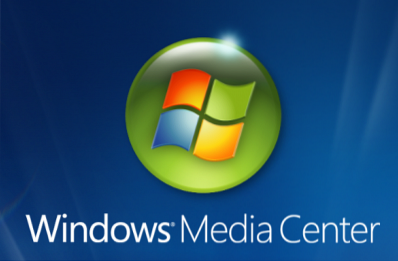
This tutorial is divided into 3 parts. In the first, I will talk about configuring the hardware and configuring the Media Center application to adopt the new hardware. In the 2nd part, I will cover how to configure the Media Center application and make a Media Extender with the help of Xbox 360. And in the third concluding part, we will see how to schedule recordings, stream our Media Center, schedule and record TV, and tweak the Windows Media Center with third-party Add-ons.
If you have purchased a PC recently and is running Windows Vista or later, then you can renovate your Windows PC into a Media Center without any problems. You can find Windows Media Center pre-installed on your machine. We can use some hardware and freeware third-party tools to convert your PC into a Media Center.
The Media Center would carry out the following functions:
- Completely organize your media
- Record Television
- Extend to Xbox
- Schedule Recordings
- Streaming them over the Internet.
As I already mentioned, in this part we will talk about configuring the hardware. So read on to know what new hardware you would need and how to configure it.
Installing a new capture card
To start watching and recording TV on your Media Center PC, you will need to plug-in your co-axial cable to your PC. The co-axial cable connection would be provided by your DTH service or your cable operator.
For that you would need a Tuner card or a Capture card. You can get one for approximately USD 23 or INR 1200.
I have used “AverMedia AVerTV SUPER 009 (M733) TV Tuner Card”, with a price tag of $ 20 or Rs 1093.
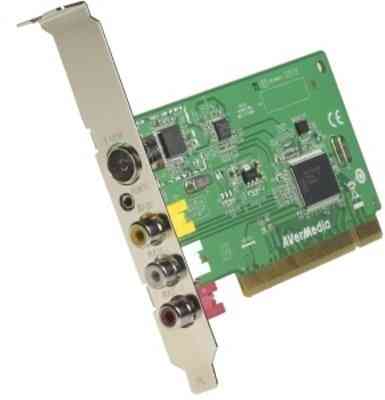
Installing the Card to your PC
- Open up your CPU case or CPU cover with a screw driver and look for the PCI slot, highlighted in the image below.
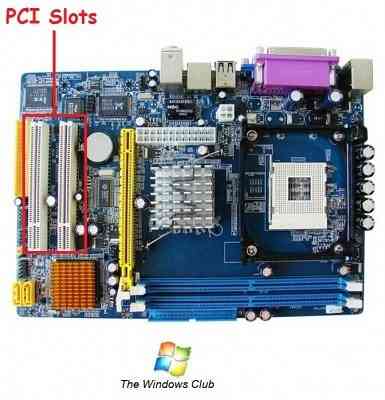
- At the front of your PCI port you will see the removable metal plate or the user interface for your PCI card. Remove that metal plate.
- Now insert your card in that port.
- Close up the CPU again.
- Now connect the CPU back to the other components.
- Plug-in the co-axial cable to the Tuner card.
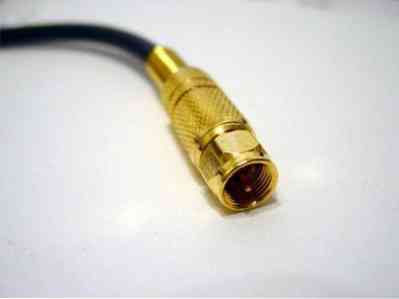
- Push the power button.
- Install the drivers, if any, provided with your card.
If you think that you will be unable to open up your case and follow all these steps, then there is another way to do this. Get a USB TV tuner card. You can get “iBall Claro TV Tuner TV Tuner Card”. It is an amazing product with a price tag of approx. USD 23 or INR 1200. I would recommend that you use the internal TV cards, as they show more compatibility and the cables are easy to plug-in at the back interface of CPU.
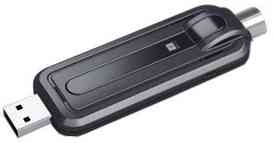
By following any of these ways install a TV Tuner card.
Now you have successfully installed the Capture or TV tuner card.
Now in Part 2 of this tutorial, I will explain you, how to configure Windows Media Center with the settings of your Tuner Card and how to make an Media Center Extender using Xbox.
Useful links which may interest you:
- Part 2: Convert Windows PC to Media Center PC - Configuring the Media Center application
- Part 3: Turn Windows PC to Media Center TV Part 3 - Schedule recordings, Stream Media Center, etc
- Media Portal: The Open Source Windows Media Center Replacement
- Increase Windows Media Center Live TV buffer size with with MCE Live TV Buffer Manager
- Watch Internet TV on Windows Media Center with Revision3 Plugin.

 Phenquestions
Phenquestions


